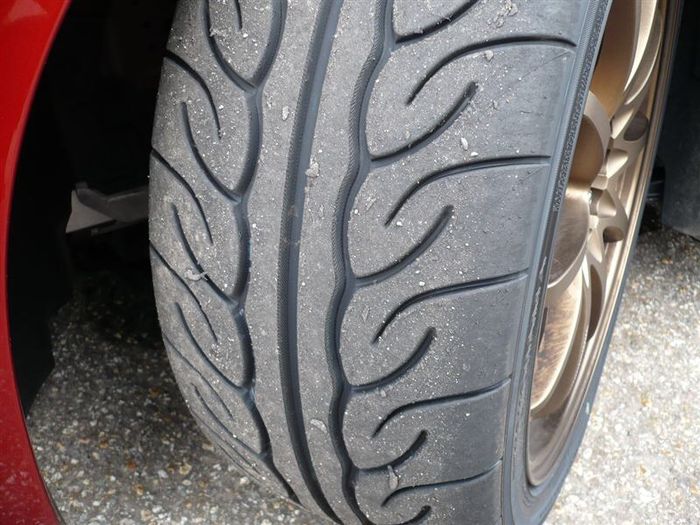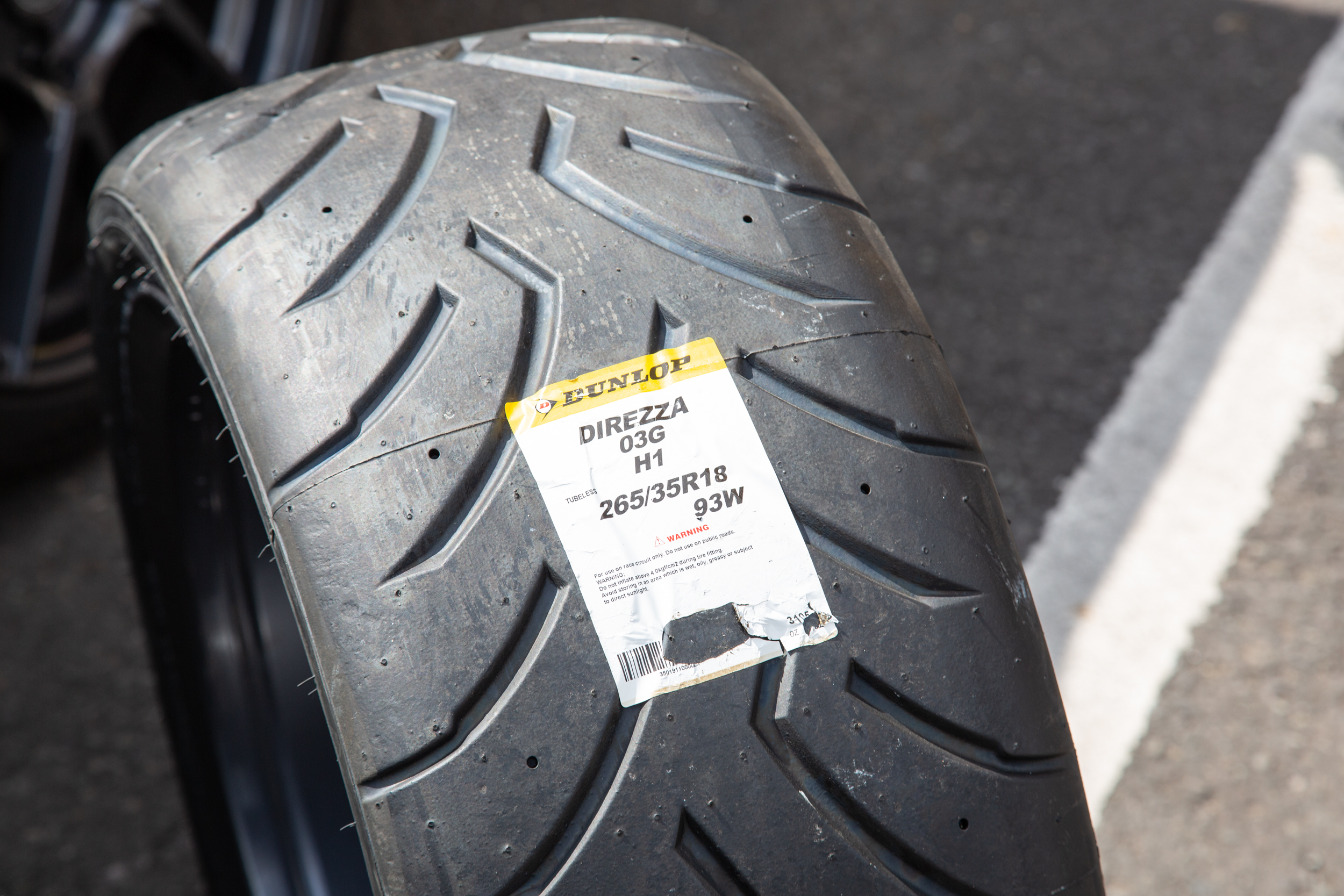All Categories
Featured
Table of Contents
The Michelin offered a comfortable driving experience, qualified by receptive steering and a dynamic understeer balance. In spite of the cooler screening conditions, Michelin's regular time and hold over three laps suggests its suitability for real-world applications.
The tyre's very first lap was a 2nd slower than the second, pointing to a temperature-related grasp increase. For everyday use, the Michelin may be a safer wager.
Wheel Alignment Services ( Bayswater 6062 WA)
It shared Michelin's safe understeer equilibrium but did not have the latter's desire to turn. Continental and Goodyear's efficiencies were notable, with Continental's new PremiumContact 7 revealing a substantial improvement in wet conditions contrasted to its precursor, the PC6. This version was far less conscious pack adjustments and behaved a lot like the Michelin, albeit with somewhat less communication at the limit.
It combined the secure understeer balance of the Michelin and Continental with some stylish handling, confirming both predictable and quick. As an all-rounder for this Golf GTI, Goodyear's Uneven range was the standout, showing impressive efficiency in the wet. Finally, the Bridgestone Potenza Sport took the crown as the fastest tire, albeit by a tiny margin.
Motorists seeking an interesting damp drive may locate this tire worth taking into consideration. The standout performer in wet stopping was the newest tire on test, the PremiumContact 7, though the results are nuanced.
Reliable Performance Tyres Near Me – Noranda
Preferably, we desired the cold temperature level test to be at around 5-7C, however logistical hold-ups implied we checked with an average air temperature level of 8C and water at 12C. While this was cooler than conventional test conditions, it was still warmer than real-world problems. The warm temperature examination was done at approximately 18C air and 19C water.
The 3rd run included damp stopping examinations on used tyres, particularly those machined down to 2mm with a tiny run-in. While we meant to do more with these used tyres, weather restrictions restricted our testing. It's worth keeping in mind that wet stopping is most essential at the used state, as tires typically improve in dry problems as they wear.

Bridgestone, Goodyear, and Michelin saw the least performance decrease when used. The Hankook tire signed up the tiniest efficiency decrease as temperatures cooled down, yet it was amongst the most affected when worn.
Leading Long-lasting Tyres
The take-home message right here is that no solitary tire stood out in all elements of damp braking, showing a complicated interaction of factors affecting tyre efficiency under different problems. There was a standout tyre in aquaplaning, the Continental finished top in both straight and curved aquaplaning, with the Michelin and Goodyear additionally extremely excellent in deeper water.

Yokohama might take advantage of slightly even more grip, an issue possibly affected by the cooler conditions. As for taking care of, all tires done within a 2% array on the lap, demonstrating their top notch efficiency (Wheel balancing). Considering these tires essentially target the same client, it's fascinating to observe the substantial distinctions in feeling.
The shock is since the PremiumContact 6 was among my favourites for stylish dry drives, but its follower, the PremiumContact 7, seems extra mature and looks like Michelin's efficiency. Amongst these, Hankook was the least specific in guiding and communication at the limit. Cost-effective car tyres. Both Michelin and Continental offered lovely first steering, albeit not the fastest
If I were to recommend a tire for a rapid lap to an amateur, state my father, it would be just one of these. We have the 'enjoyable' tires, specifically Yokohama and Bridgestone. Both were speedy to guide and really felt sportier than the others, yet the compromise is a much more spirited back side, making them more difficult to handle.
Honest Budget Car Tyres – Noranda
It gave similar guiding to Bridgestone however offered better feedback at the limitation and far better grip. The Bridgestone Potenza Sport, nevertheless, appeared to deteriorate rather quickly after just 3 laps on this demanding circuit. There's Goodyear, which positioned itself someplace in between the fun tires and those tending towards understeer.
In conclusion, these tyres are superb performers. For roadway use, I 'd lean towards either the Michelin or Goodyear, depending on your details choices. In terms of tire wear, the approach used in this examination is what the industry refers to as the 'gold criterion' of wear. The wear professionals at Dekra performed this test, which involved a convoy of cars going across a very carefully intended course for 12,000 kilometres.
Both the Bridgestone and Yokohama tires substantially underperformed in contrast to the various other four tires in regards to rolling resistance, with Continental somewhat outperforming the remainder. Pertaining to the comfort level of the tyres, as anticipated, the majority of showed an inverse relationship with handling. The Continental, Michelin, and Goodyear tyres carried out ideal throughout numerous surface area types evaluated.

Bridgestone started to reveal indications of suppleness, while Yokohama was particularly jarring over pockets. We did gauge internal sound degrees; nevertheless, as is typically the case, the outcomes were carefully matched, and because of weather restraints, we were not able to carry out a subjective analysis of the tyres sound. Lastly, we took a look at abrasion figures, which determine the amount of tire tread lost per kilometre, normalised to a one-tonne vehicle.
Tyre Warranty Near Me – Noranda
This number stands for the quantity of rubber dirt your tires generate while driving. Michelin led in this classification, creating over 9% less rubber particle matter.
Latest Posts
Top Wheel Alignment
Tyre Fitting Near Me – Beechboro WA
Honest Tyre Servicing Near Me